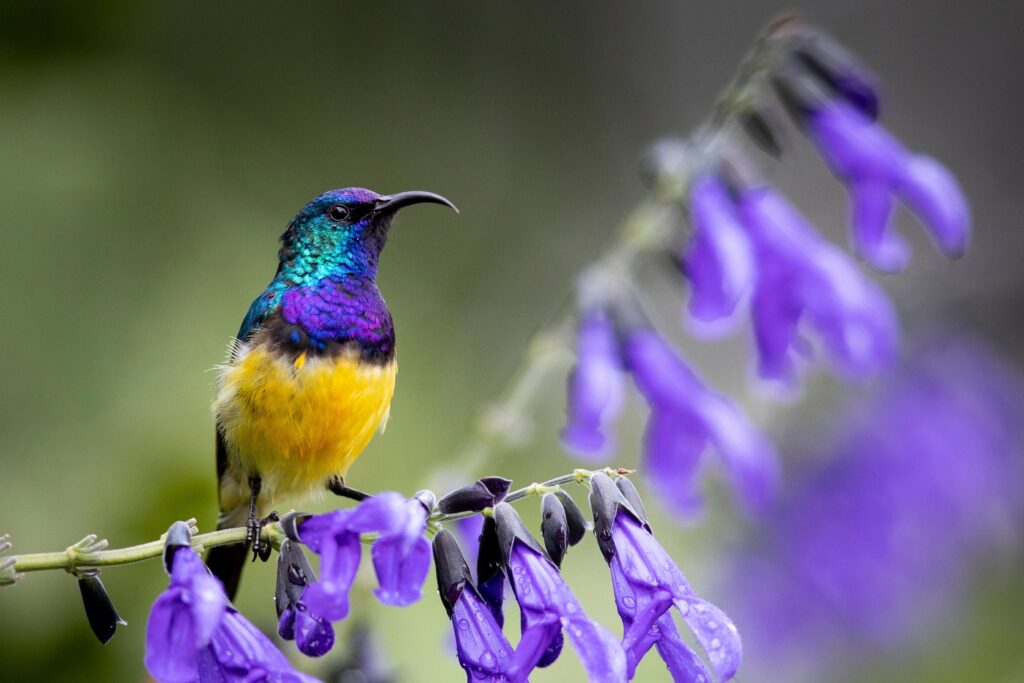Montreal (Canada): Negotiators reached a historic deal at a UN biodiversity conference early on Monday that would represent the most significant effort to protect the world’s lands and oceans and provide critical financing to save biodiversity in the developing world.
The global framework comes a day before the United Nations Biodiversity Conference, or COP15, is set to end in Montreal.
China, which holds the presidency at this conference, released a new draft earlier in the day that gave the sometimes contentious talks much-needed momentum.
The most significant part of the agreement is a commitment to protect 30 per cent of land and water considered important for biodiversity by 2030. Currently, 17 per cent of terrestrial and 10 per cent of marine areas are protected.

There has never been a conservation goal globally at this scale, Brian O’Donnell, the director of the conservation group Campaign for Nature, told reporters.
‘This puts us within a chance of safeguarding biodiversity from collapse. We’re now within the range that scientists think can make a marked difference in biodiversity.’
The draft also calls for raising USD 200 billion by 2030 for biodiversity from a range of sources and working to phase out or reform subsidies that could provide another USD 500 billion for nature.
As part of the financing package, the framework calls for increasing to at least USD 20 billion annually by 2025 the money that goes to poor countries — or about double what is currently provided. That number would increase to USD 30 billion each year by 2030.
Some advocates wanted tougher language around subsidies that make food and fuel so cheap in many parts of the world. The document only calls for identifying subsidies by 2025 that can be reformed or phased out and working to reduce them by 2030.
The new text is a mixed bag, Andrew Deutz, director of global policy, institutions and conservation finance for The Nature Conservancy, said.
‘It contains some strong signals on finance and biodiversity, but it fails to advance beyond the targets of 10 years ago in terms of addressing drivers of biodiversity loss in productive sectors like agriculture, fisheries, and infrastructure and thus still risks being fully transformational.’
The ministers and government officials from about 190 countries have mostly agreed that protecting biodiversity has to be a priority, with many comparing those efforts to climate talks that wrapped up last month in Egypt.
